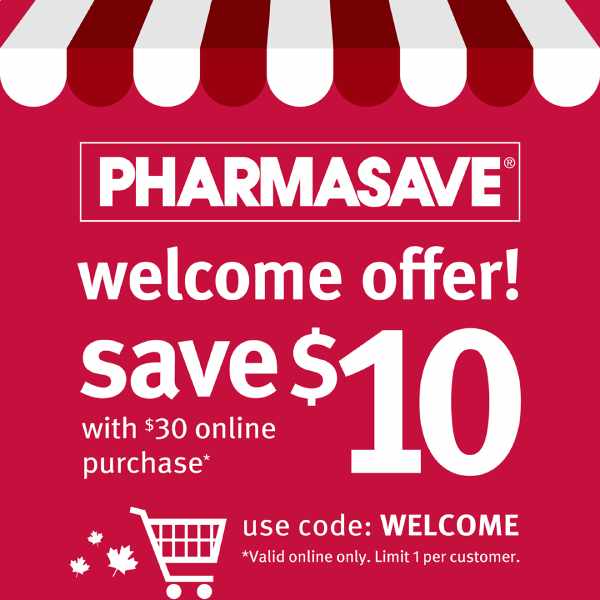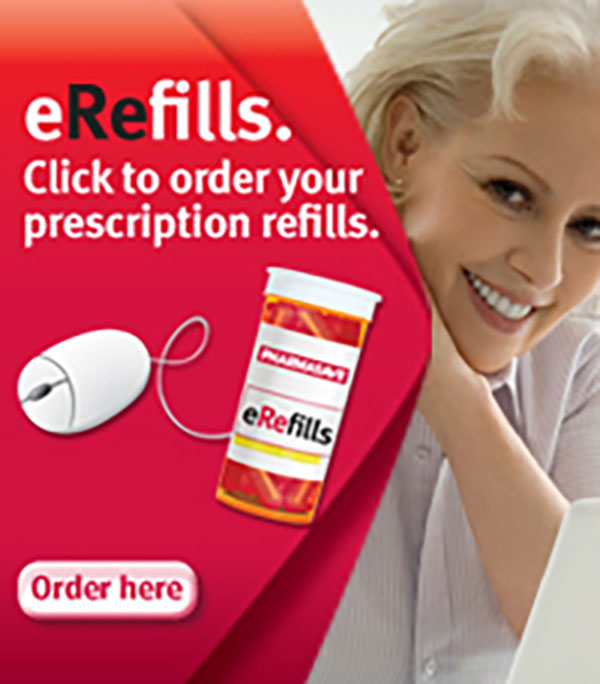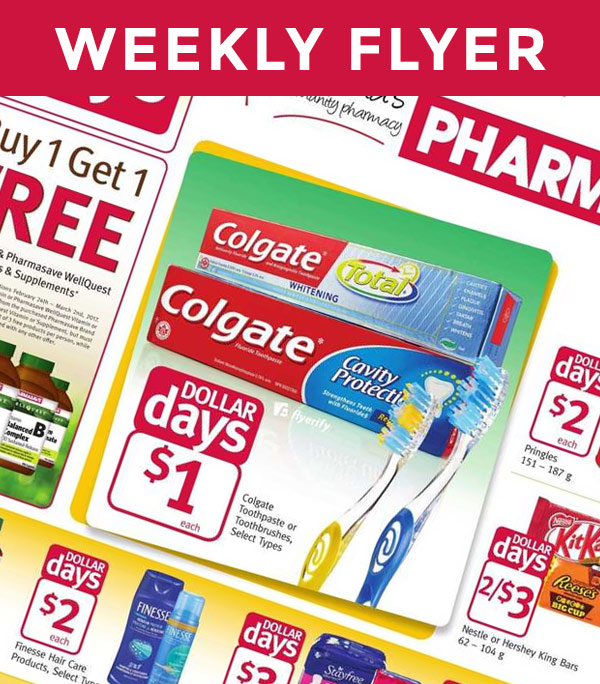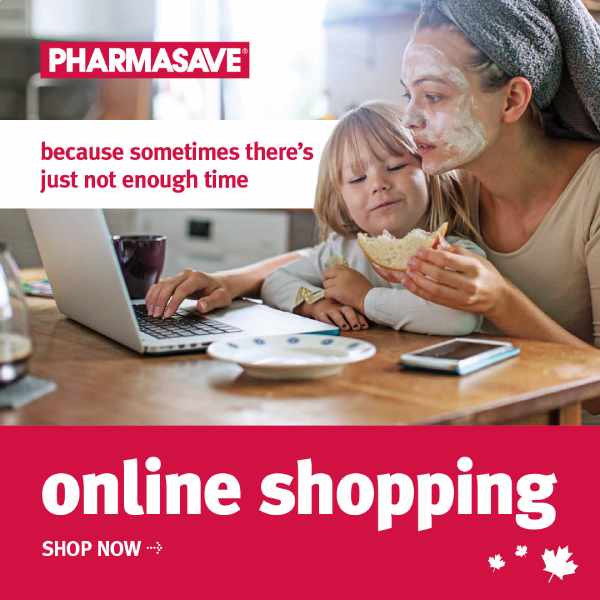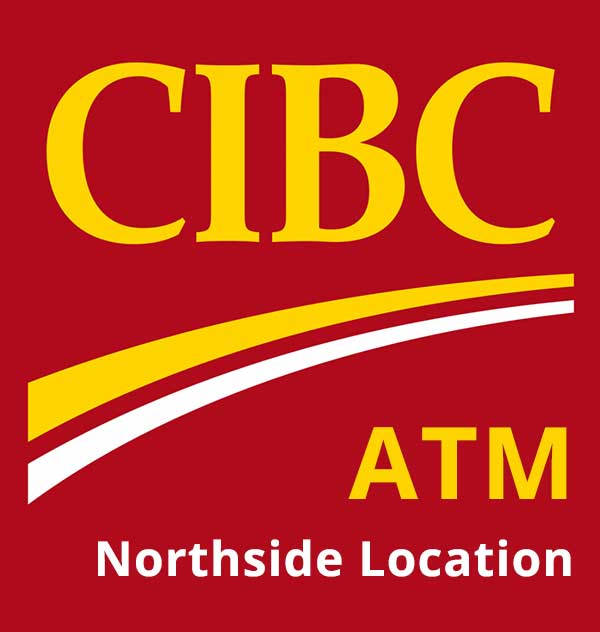
Pharmasave Port Coquitlam
Our Community Matters
Northside
3295 Coast Meridian Road
Port Coquitlam, British Columbia
P: 604.942.9813 | F: 604.942.1561
3295 Coast Meridian Road
Port Coquitlam, British Columbia
P: 604.942.9813 | F: 604.942.1561
Elgin Health Centre
100 - 2255 Elgin Ave
Port Coquitlam, British Columbia
P: 604.942.7117 | F: 604.942.4665
100 - 2255 Elgin Ave
Port Coquitlam, British Columbia
P: 604.942.7117 | F: 604.942.4665
Pediatrics
- ADD & ADHD
- Autism
- Diaper Rash
- Fungal Infections
- Head Lice & Scabies
- Molluscum Contagiosum
- Nausea & Vomiting
- Topical Anesthesia
We work together with prescribers, children, and their families to customize medications and meet specific needs.
Children pose many challenges when it comes to medication: they may resist having to take a medication, dislike the taste or texture, have difficulty swallowing solid dosage forms, and are fearful of injections.
The limited pediatric market for most drugs may be the leading reason for the lack of investment in drug development for this population by the pharmaceutical industry. Most medications are not labeled for pediatric populations, and when a medication is not approved for use in infants and children, it usually is not available in a suitable pediatric dosage form. Fortunately, our compounding pharmacy is able to help. We can compound oral medications into pleasantly flavored suspensions, solutions, concentrates, freezerpops, “gummy bears” or lozenges, in colors that entice the child to take the medication. A palatable formulation is more likely to improve compliance and minimize spillage or waste during administration. Lollipops are an ideal alternative to “swish and swallow” medications that need to be retained in the mouth for a prolonged period of time. Most drugs can be compounded into transdermal gels that can easily be applied to an appropriate site, such as the child’s wrist, for absorption through the skin.
Professional compounding is not just diluting existing medications, or mixing powders with bases. We must consider physical and chemical properties of each active and inactive ingredient in order to prepare an effective and safe customized medication with the desired taste, color, fragrance, viscosity, uniformity, texture, and stability. The efficacy of any compounded medication is influenced by the technique and equipment used in preparing the formulation, the purity and quality of the ingredients, choice of vehicle (base), and proper use of additives such as penetration enhancers.
ADD and ADHD
The use of medications to treat ADD & ADHD has greatly increased, yet the dosage requirements for many children differ from strengths that are commercially available. This often necessitates a midday dose at school, which can be embarrassing to a child. Slow-release dosage forms can be compounded to contain the precise dose of medication needed by each child.
Pediatr Clin North Am 1999;46:945-963
Autism
Amino acid, nutritional, chelation, and supplemental therapies can be customized for each child. Transdermal options exist.
Diaper Rash
Customized formulations containing protectants, absorbents, and bile acid sequestrant can provide relief for irritated skin. We can also compound medications, such as cholestyramine ointment, to prevent site irritation in ostomy patients.
Ann Pharmacother 1996 Sep;30(9):954-6
Cholestyramine ointment to treat buttocks rash and anal excoriation in an infant.
White CM, Gailey RA, Lippe S.
Albany College of Pharmacy, NY 12208, USA.
The abstract of this article can be viewed online.
Go to PubMed: www.ncbi.nlm.nih.gov/PubMed
In the search box, enter the following PMID: 8876854
Fungal Infections
Athlete’s foot, jock itch, and onychomycosis (fungal nail) are common, particularly in athletes. Research points to the practicality “of using ibuprofen, alone or in combination with azoles, in the treatment of candidosis, particularly when applied topically, taking advantage of the drug’s antifungal and anti-inflammatory properties.” Various synergistic combinations are used for antifungal therapy.
J Med Microbiol 2000 Sep;49(9):831-40
Antifungal activity of ibuprofen alone and in combination with fluconazole against Candida species.
Pina-Vaz C, Sansonetty F, Rodrigues AG, Martinez-De-Oliveira J, Fonseca AF, Mardh PA.
Department of Microbiology, Porto School of Medicine, University of Porto, Portugal
The abstract of this article can be viewed online.
Go to PubMed: www.ncbi.nlm.nih.gov/PubMed
In the search box, enter the following PMID: 10966233
Head Lice and Scabies
Concerns about emerging resistance and the potential harm of using permethrins have prompted a search for effective pediculicidal therapies that are not harmful to children with repeated use. An herbal formulation has been shown to be effective for head lice. Ivermectin can also be compounded for topical application or as an oral dose titrated for each patient for the treatment of head lice and scabies.
Clin Exp Dermatol 2002 Jun;27(4):264-7
Treatment of 18 children with scabies or cutaneous larva migrans using ivermectin.
Del Mar Saez-De-Ocariz M, McKinster CD, Orozco-Covarrubias L, Tamayo-Sanchez L, Ruiz-Maldonado R.
Department of Dermatology, National Institute of Pediatrics, Mexico City, Mexico.
The abstract of this article can be viewed online.
Go to PubMed: www.ncbi.nlm.nih.gov/PubMed
In the search box, enter the following PMID: 12139665
Trop Med Parasitol 1994 Sep;45(3):253-4
Efficacy of ivermectin for the treatment of head lice (Pediculosis capitis).
Glaziou P, Nyguyen LN, Moulia-Pelat JP, Cartel JL, Martin PM.
Institut Territorial de Recherches Medicales Louis Malarde, Papeete, Tahiti, French Polynesia.
Twenty six male and female patients aged 5 to 17 years had head lice infestation confirmed by eggs presence and received treatments with a single 200 microgram/kg oral dose of. At day 14 after treatment, 20 had responded to the treatment (77%), and 6 patients (23%) presented with a complete disappearance of eggs and all clinical symptoms. At day 28, 7 patients appeared clear of infestation (27%), but 4 of the 6 patients with no eggs at day 14 presented with signs of reinfestation. This study suggests that ivermectin is a promising treatment of head lice, and a second dose at day 10 may be appropriate.
The abstract of this article can be viewed online.
Go to PubMed: www.ncbi.nlm.nih.gov/PubMed
In the search box, enter the following PMID: 7899799
J Dermatol 2001 Sep;28(9):481-4
Oral ivermectin in scabies patients: a comparison with 1% topical lindane lotion.
Madan V, Jaskiran K, Gupta U, Gupta DK.
Department of Dermatology, NSCB, Medical College, Jabalpur, MP, India.
Two hundred scabies patients were randomly allocated to receive either oral ivermectin in a single dose of 200 micrograms/kg body weight, or 1% lindane lotion for topical application overnight. Patients were assessed after 48 hours, two weeks and four weeks. After a period of four weeks, 82.6% of the patients in the ivermectin group showed marked improvement; only 44.44% of the patients in the lindane group showed a similar response. Oral ivermectin is easy to administer as a single oral dose, induces an early and effective improvement in signs and symptoms, and compliance is accordingly increased.
The abstract of this article can be viewed online.
Go to PubMed: www.ncbi.nlm.nih.gov/PubMed
In the search box, enter the following PMID: 11603388
Isr Med Assoc J. 2002 Oct;4(10):790-3
The in vivo pediculicidal efficacy of a natural remedy.
Mumcuoglu KY, Miller J, Zamir C, Zentner G, Helbin V, Ingber A.
Department of Parasitology, Hebrew University Medical School, Jerusalem, Israel.
The abstract of this article can be viewed online.
Go to PubMed: www.ncbi.nlm.nih.gov/PubMed
In the search box, enter the following PMID: 12389342
Molluscum Contagiosum
Resistant warts and molluscum contagiosum have been treated successfully with compounded topical medications, avoiding discomfort associated with freezing, scraping, electrocautery and laser therapy.
The following study found that 5% KOH aqueous solution proved to be as effective and less irritating when compared to the 10% KOH solution. This trial also emphasizes the effectiveness of topical KOH in the treatment of molluscum contagiosum, sparing affected children from more aggressive physical modalities of treatment.
Pediatr Dermatol 2000 Nov-Dec;17(6):495
Evaluation of the effectiveness of 5% potassium hydroxide for the treatment of molluscum contagiosum.
Romiti R, Ribeiro AP, Romiti N.
Department of Dermatology, University of Sao Paulo, Sao Paulo, Brazil.
The abstract of this article can be viewed online.
Go to PubMed: www.ncbi.nlm.nih.gov/PubMed
In the search box, enter the following PMID: 11189099
Nausea and Vomiting
Orally administered anti-emetics can be difficult for a nauseated child to “keep down”, and rectal suppositories may not be well accepted by children. Even persistent nausea can often be effectively controlled by using a combination of medications tailored to meet an individual’s specific needs. Dosage forms include transdermal gels, suppositories, lollipops, and more.
Promethazine is commonly compounded for topical or transdermal application to treat nausea, vomiting, and vertigo, but this preparation may be used as an antiemetic for cases ranging from chemotherapy to motion sickness. The dose is typically 25mg for adults, and the dose is decreased for children. The gel is applied to an area of soft skin, such as the inside of the wrist or arm, the side of the torso, or the inside of the thigh. For children, doses are often applied to the inside of one wrist, and then the wrists are rubbed together.
US Pharmacist, August 1999; 74-5
Topical Anesthesia
Topical anesthesia is needed for common pediatric procedures such as suturing, wound cleaning, and injection administration. The ideal topical anesthetic would provide complete anesthesia following a simple pain-free application, not contain narcotics or controlled substances, and have an excellent safety profile. The combination of topical anesthetics lidocaine and tetracaine and the vasoconstrictor epinephrine has been used successfully for anesthesia prior to suturing linear scalp and facial lacerations in children. A triple-anesthetic gel containing benzocaine, lidocaine, and tetracaine (“BLT”) has also been reported to be effective when applied prior to laser and cosmetic procedures. Convenience of application without need for occlusion is an advantage of these topical anesthetics.
The following article concludes: “LAT gel (4% lidocaine, 1:2000 adrenaline, 0.5% tetracaine) worked as well as TAC gel (0.5% tetracaine, 1:2000 adrenaline, 11.8% cocaine) for topical anesthesia in facial and scalp lacerations. Considering the advantages of a noncontrolled substance and less expense, LAT gel appears to be better suited than TAC gel for topical anesthesia in laceration repair in children.”
Pediatrics 1995 Feb;95(2):255-8
Lidocaine adrenaline tetracaine gel versus tetracaine adrenaline cocaine gel for topical anesthesia in linear scalp and facial lacerations in children aged 5 to 17 years.
Ernst AA, Marvez E, Nick TG, Chin E, Wood E, Gonzaba WT
Department of Medicine, Louisiana State University, New Orleans.
The abstract of this article can be viewed online.
Go to PubMed: www.ncbi.nlm.nih.gov/PubMed
In the search box, enter the following PMID: 7838644
The following article reported that a triple-anesthetic gel containing benzocaine, lidocaine, and tetracaine (“BLT”) applied prior to treatment with a 532-nm KTP laser resulted in significantly lower pain scores than with 3 other topical anesthetics at 15, 30, 45, and 60 minutes after application.
Cosmetic Dermatology 2003 Apr;16(4):35-7
Topical Triple-Anesthetic Gel Compared With 3 Topical Anesthetics
Lee MWC
Department of Dermatologic Surgery, University of California, San Francisco
